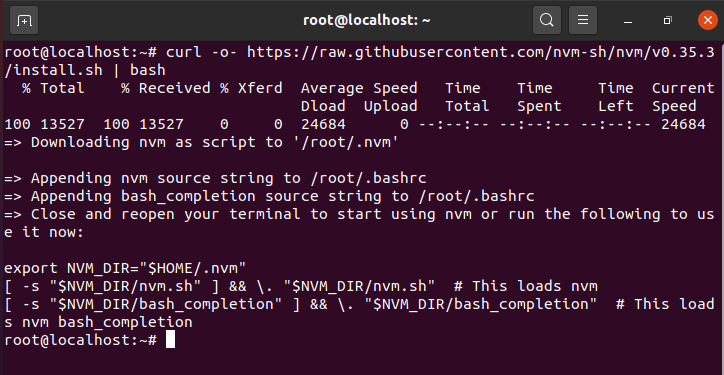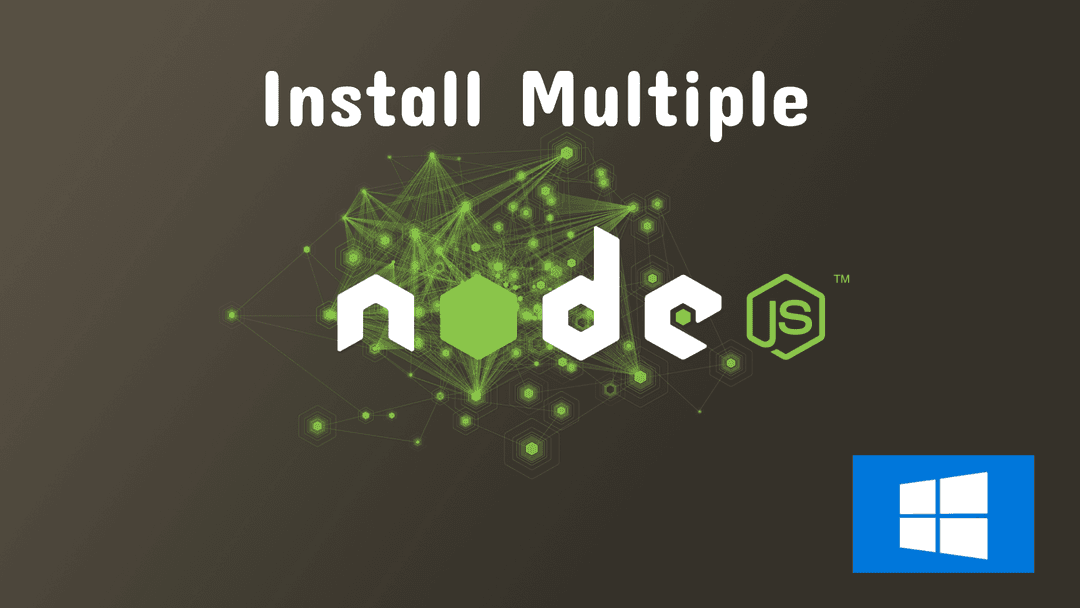
To install Node, you have to go to the Nodejs website to download the installer. You can also use it to install packages to your applications. NPM, on the other hand, is a package manager for publishing JavaScript packages (also known as Node modules) to the npm registry. Also, get a basic understanding of the uses of nvm.Node is a runtime environment that allows developers to execute JavaScript code outside the browser, on the server-side.


In this tutorial, you have learned to install nvm on Ubuntu 20.04 LTS (Focal Fossa) Linux system. You can run a Node script with the desired version of node.js using the below command: nvm exec 12.18.3 server.js Conclusion To find the default Node version set for the current user, type: nvm run default -version The selected version will be the currently active version for the current shell only. You can also select a different version for the current session. With this command, you can find the available node.js version for the installation. You can use the following command to list installed versions of the node for the current user. New shells will start with the default version of the node (e.g., nvm alias default). The very first version installed becomes the default. You can choose any other version to install using the above command. To install a specific version of node: nvm install 12.18.3 Here node is the alias for the latest version. And use the required version for your application from installed node.js. You can install multiple node.js versions using nvm. The nvm installation is successfully completed on your Ubuntu system. You can either log out and log in again to load the environment or execute the below command to do the same. The nvm installer script creates an environment entry to the login script of the current user. Use the following commands to install curl on your system, then run the nvm installer script.

Open a terminal on your system or connect a remote system using SSH.


 0 kommentar(er)
0 kommentar(er)
